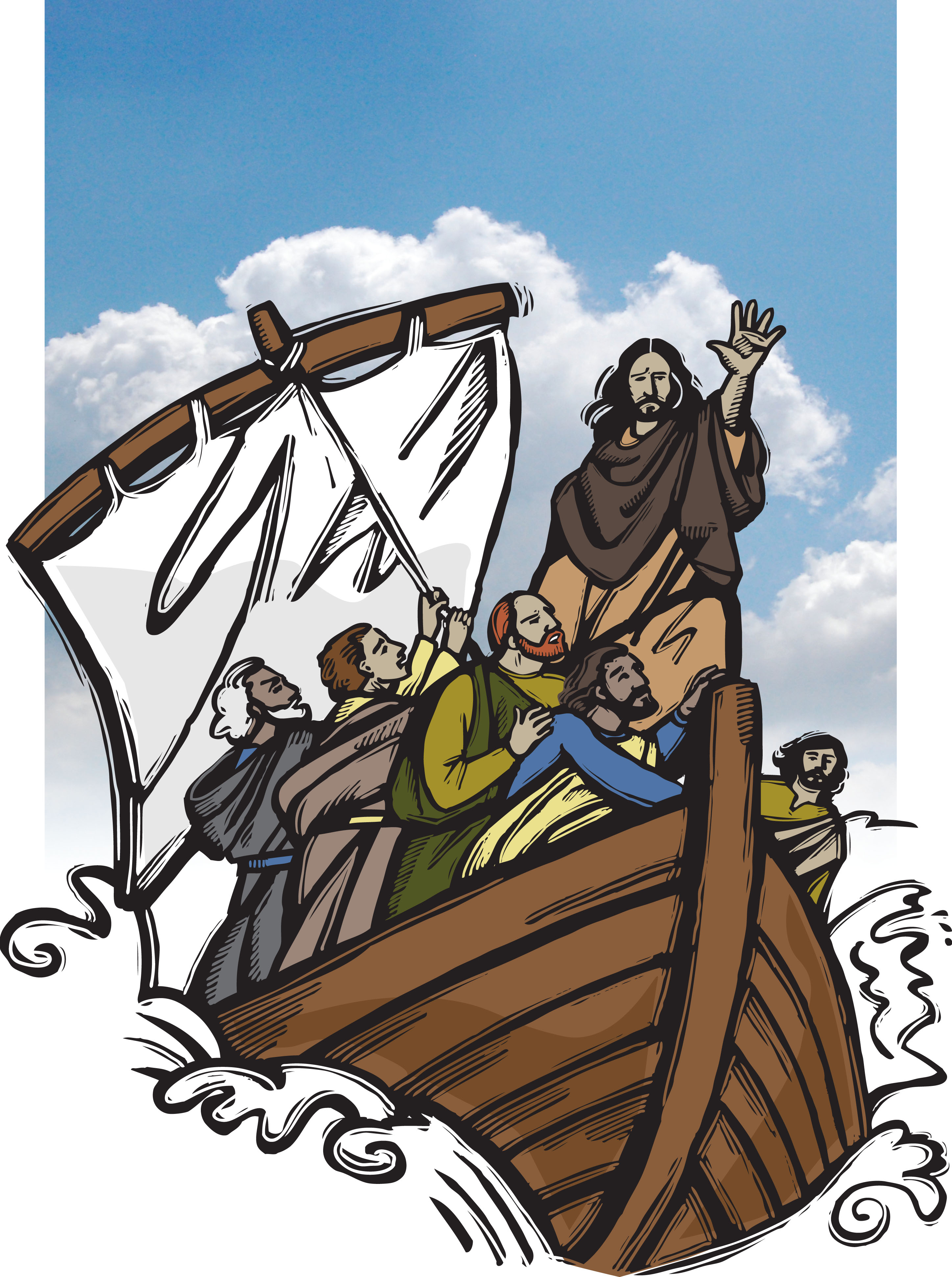Our youngest son, Jonathan, had an oyster roast at his home last Saturday night. While I practically grew up on oysters and oyster roasts, it has been a long time since I have been privileged to attend one. When I was pastor at FBC Morehead City, we used to go to big oyster roasts held at Larry Styron’s barn. I can’t even remember how many bushels of wonderful oysters were cooked and consumed with joy at that barn for Sunday School Classes.
Oysters are salt water bivalve mollusks that live in marine or brackish habitats. There is no beauty about them except to the beholder. Their shells are hard, rough and dangerous. They can severely cut you if you accidently step on them or rake them across your finger or hand while trying to open them. Yet they are considered a delicacy. The old adage was that you could not harvest them unless there was an “R” in the month. With the increase in oyster farming, oysters are more available year round.
Oysters render a valuable service to marine life. These filter feeders are remarkable in many ways. A single oyster can filter as much as 1.3 Gallons of water per hour. They filter excess nutrients from the estuary’s in which they live and help to purify the water. They have a heart, kidneys, colorless blood, and produce both sperm and eggs. A single female can discharge millions of eggs into the water which within 2 – 3 weeks can settle down to the work of maturing into adulthood in about a year.
Oysters provide a habitat and haven for small sea creatures who are prey to larger sea animals and fish. Oysters can and do provide food for crabs, seabirds, starfish and of course, humans. And they can produce pearls. The next time you see an oyster or eat an oyster, stop and remember what a tremendous contribution that this creature of the sea makes to the world in which it lives. If an oyster can do all of that and more, what can we do for the world in which we live?
A popular poem tells of the small grain of sand that got into an oyster shell. The irritation of the sand produced a beautiful pearl and the poem concludes with a question and a challenge.
What an oyster can do with a morsel of sand?
What couldn’t we do if we’d only begin with some of the things that get under our skin.
In His Love,
Charles


